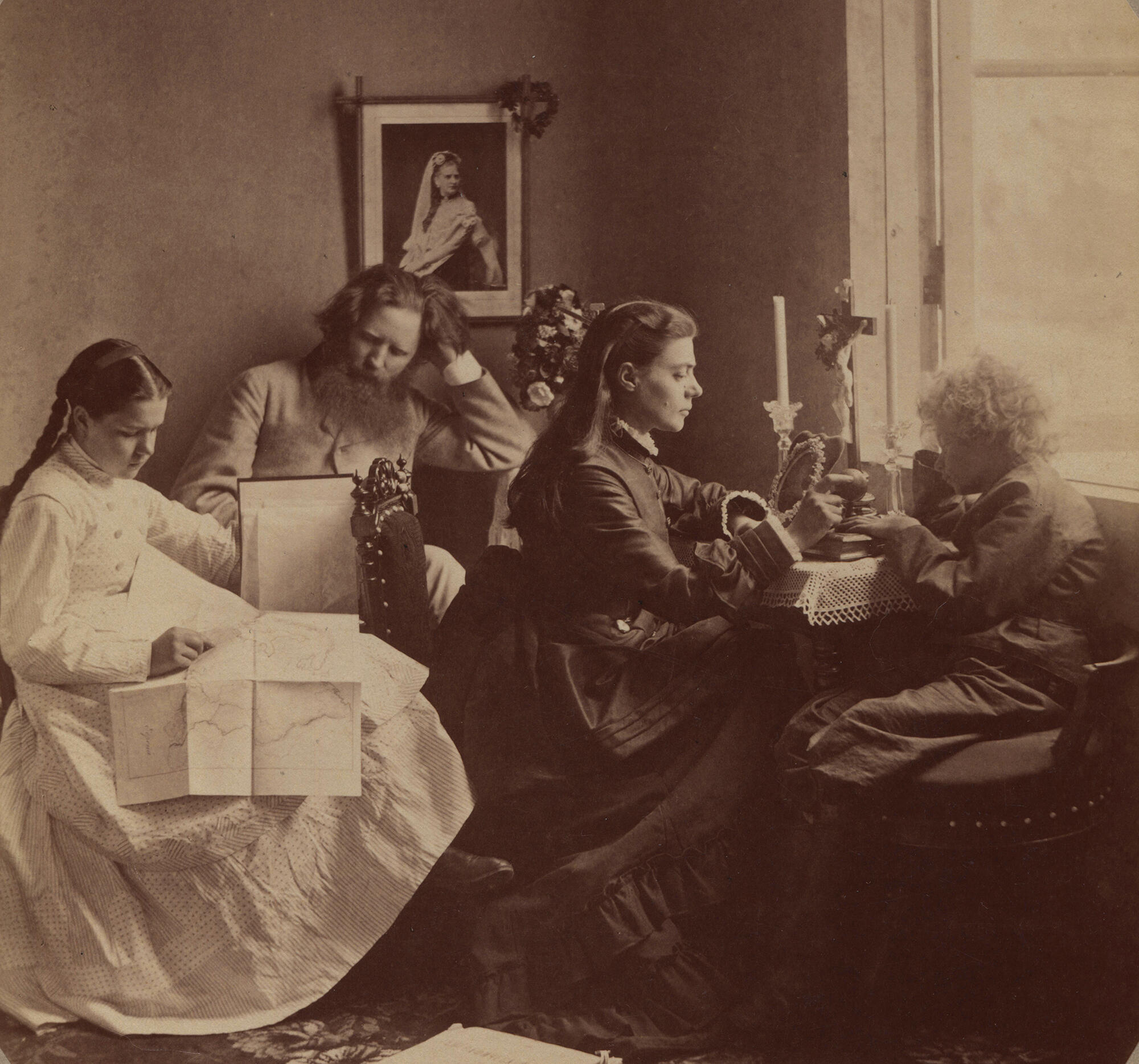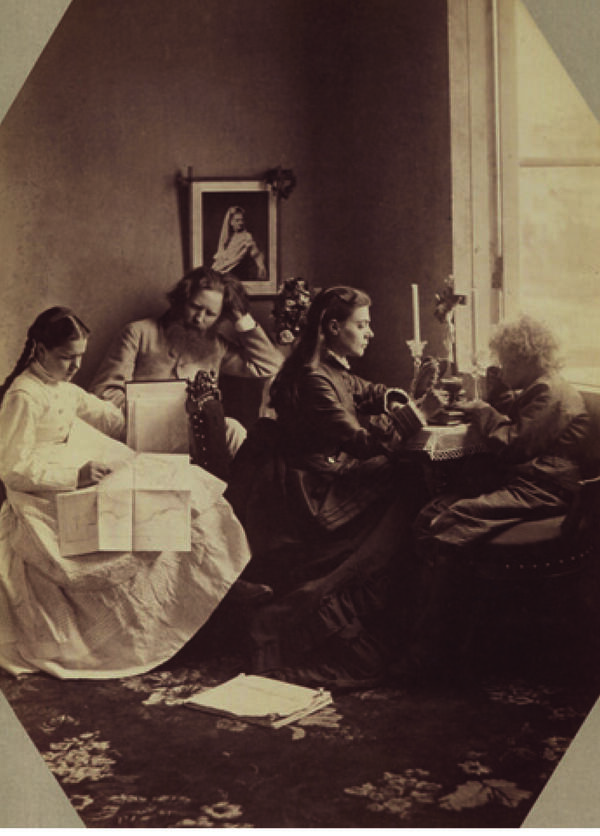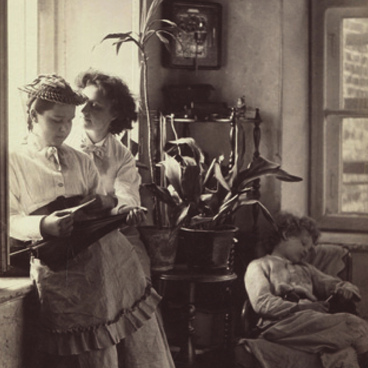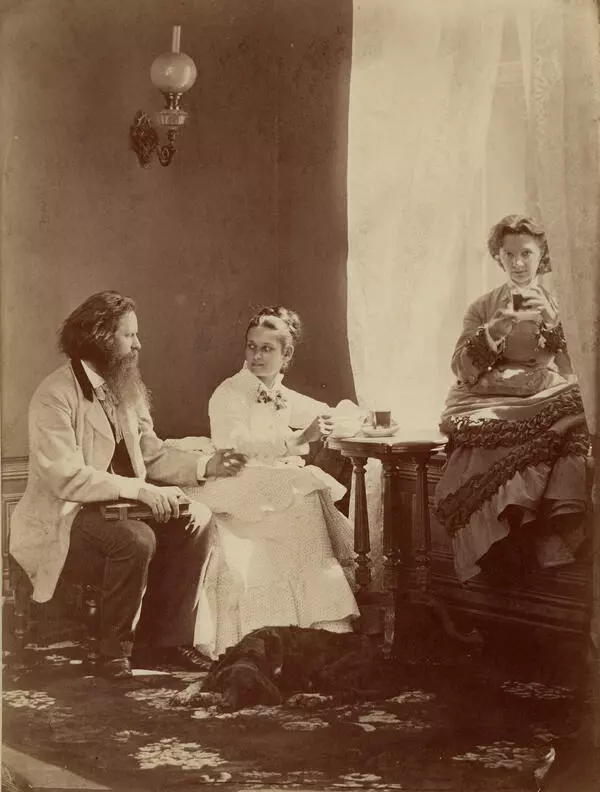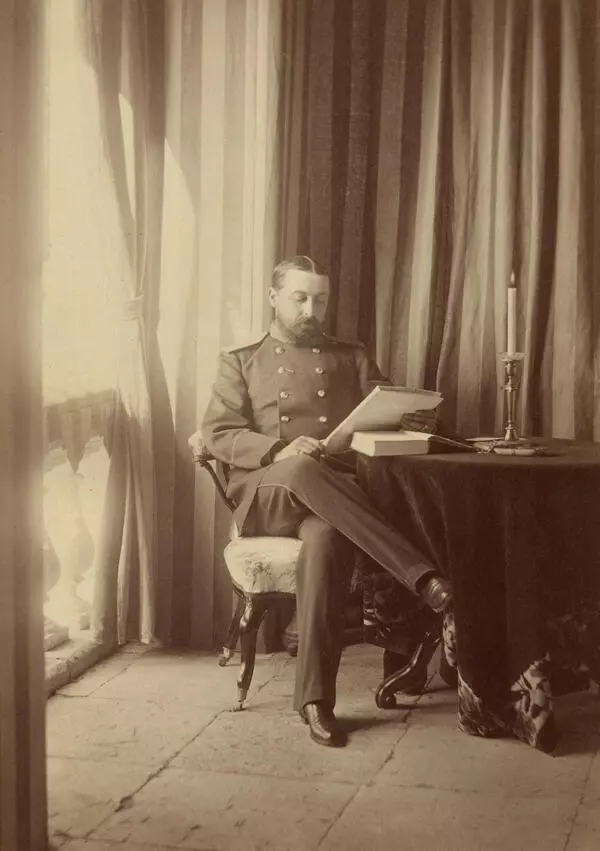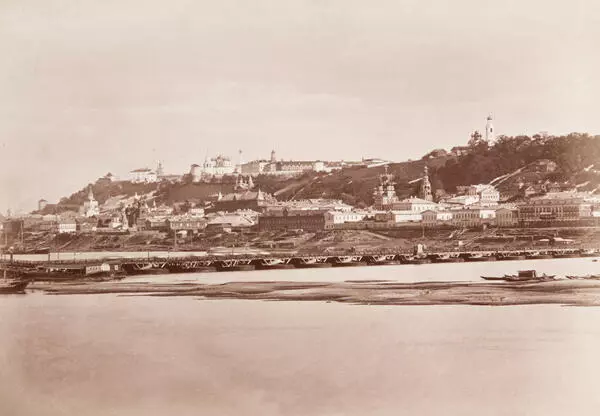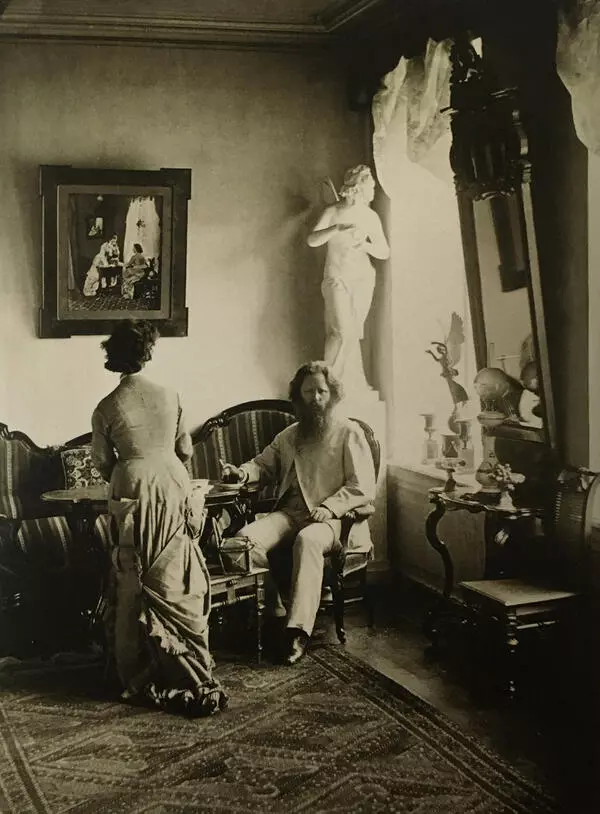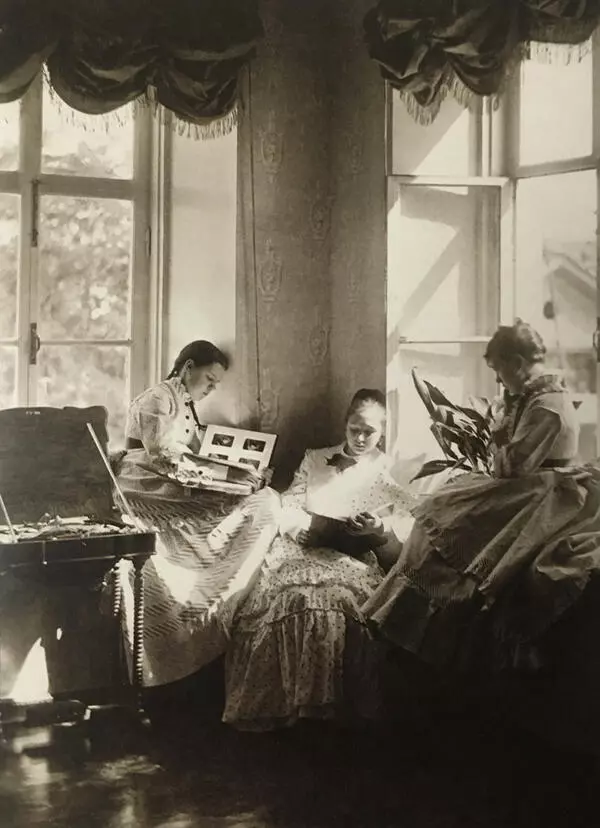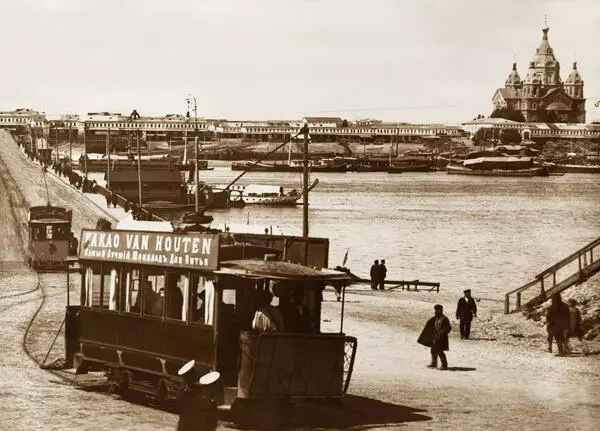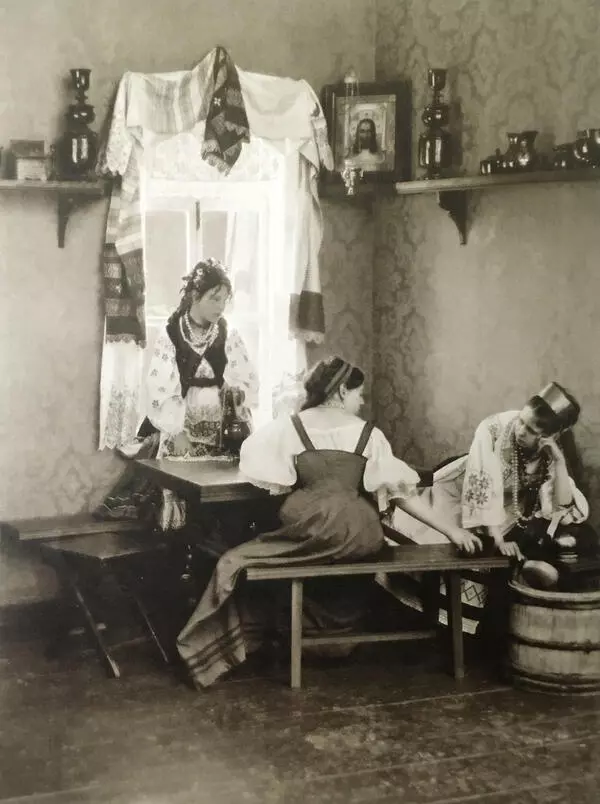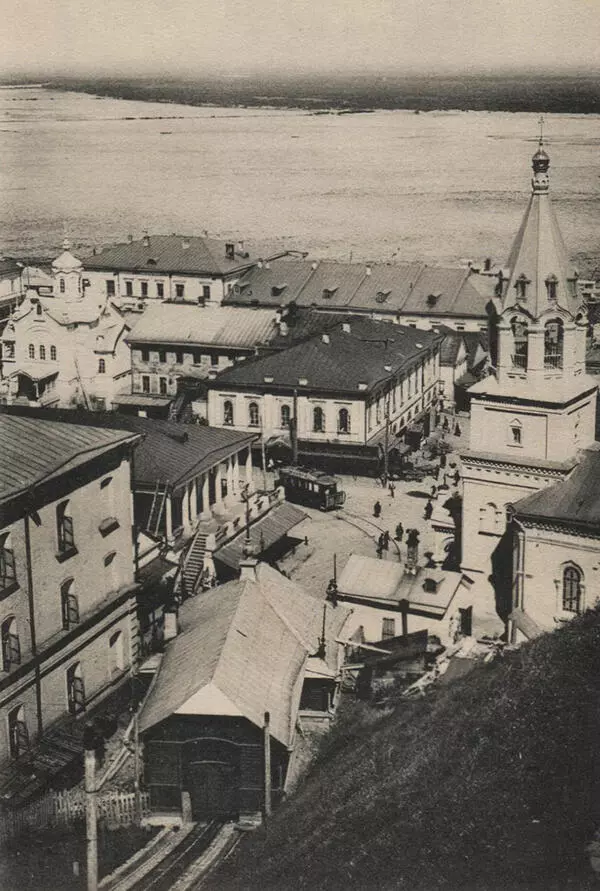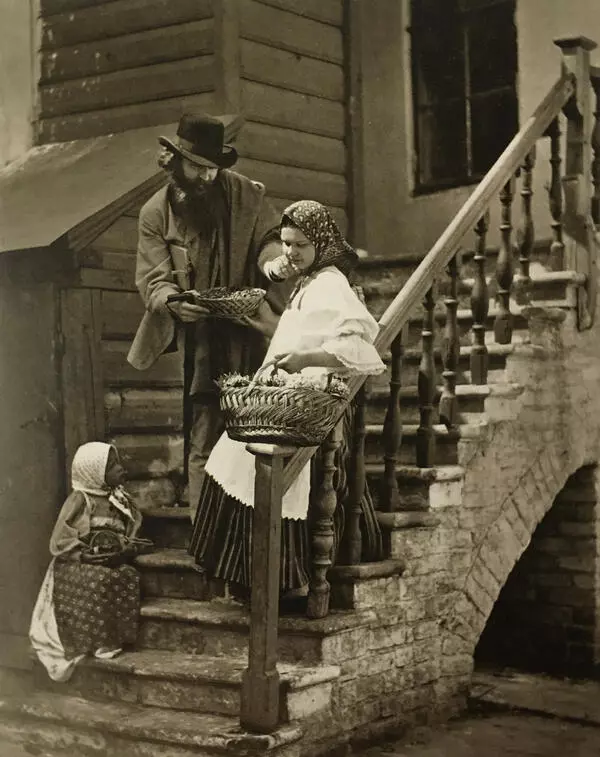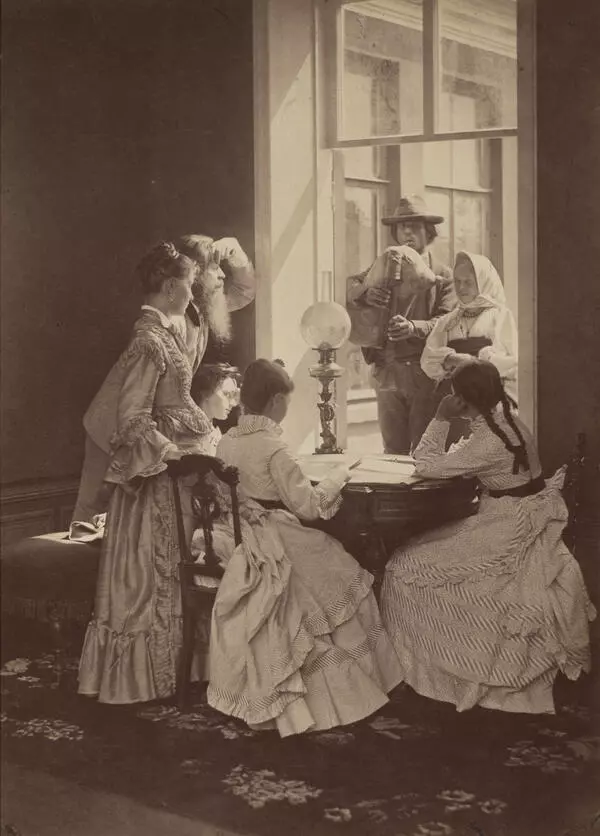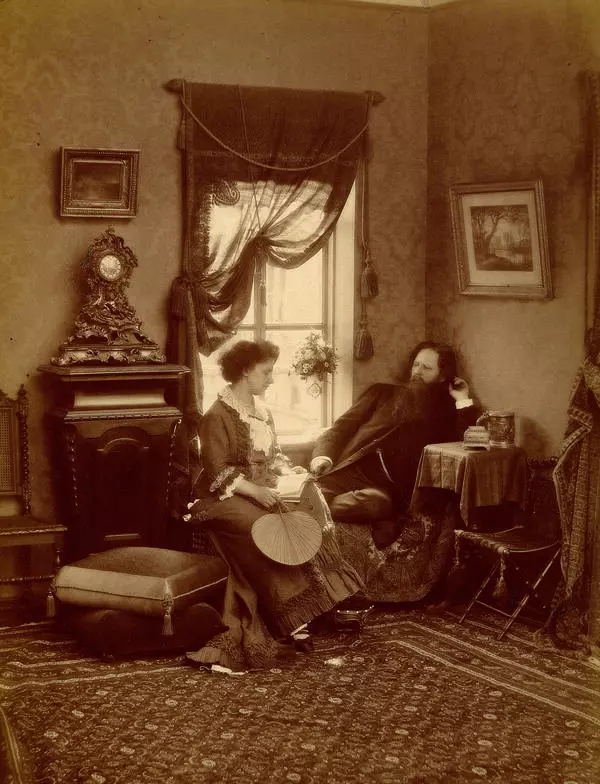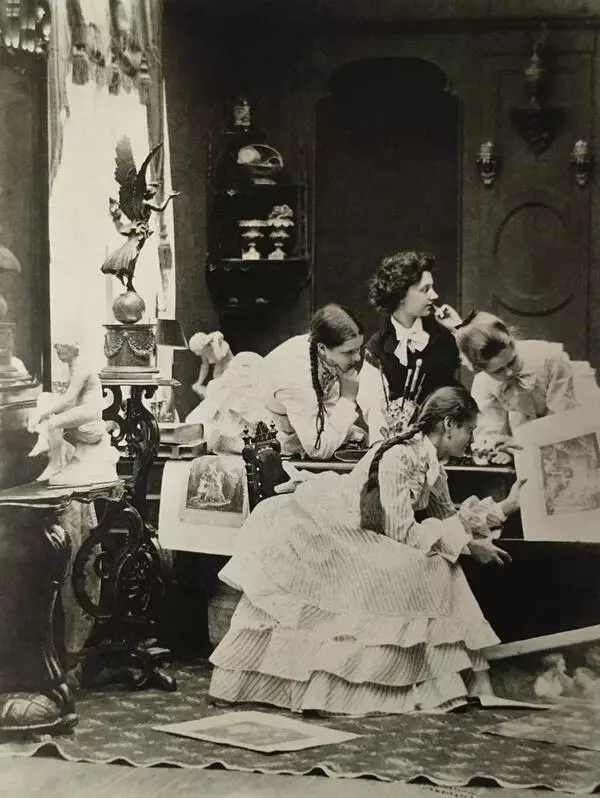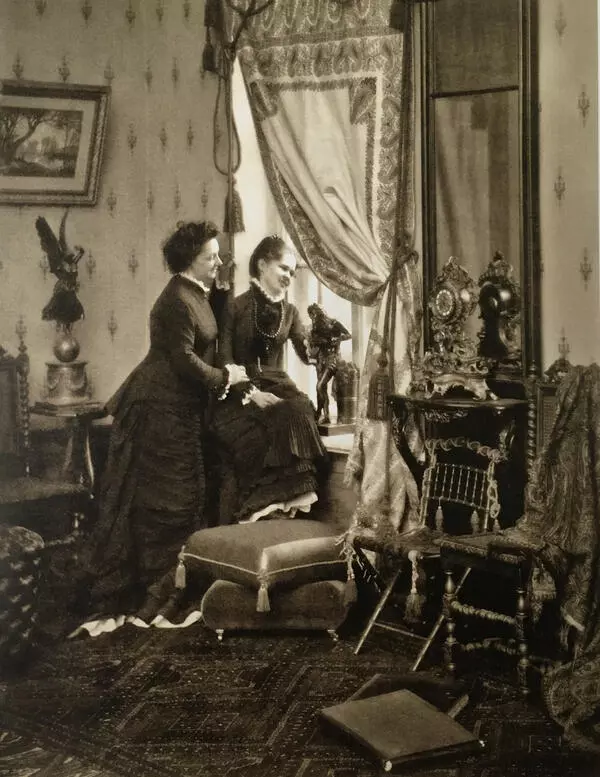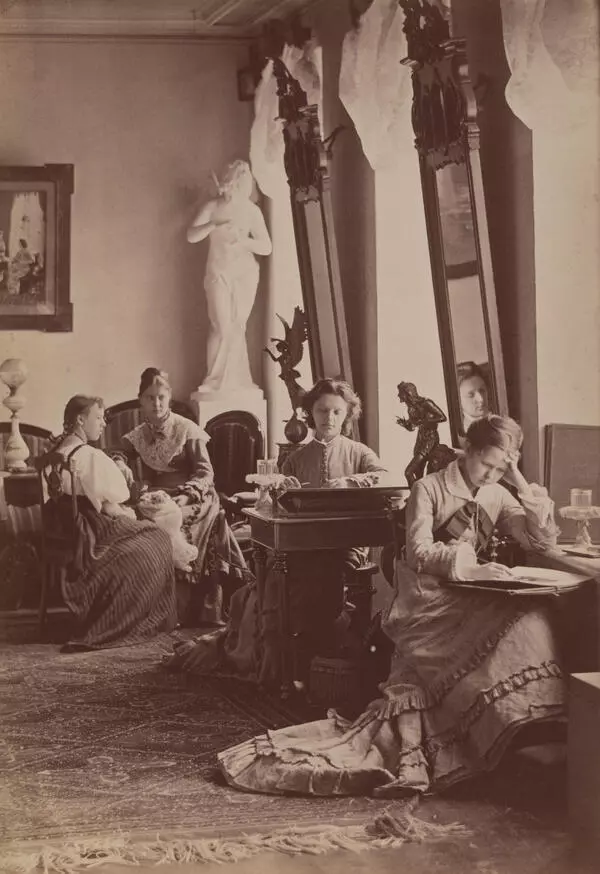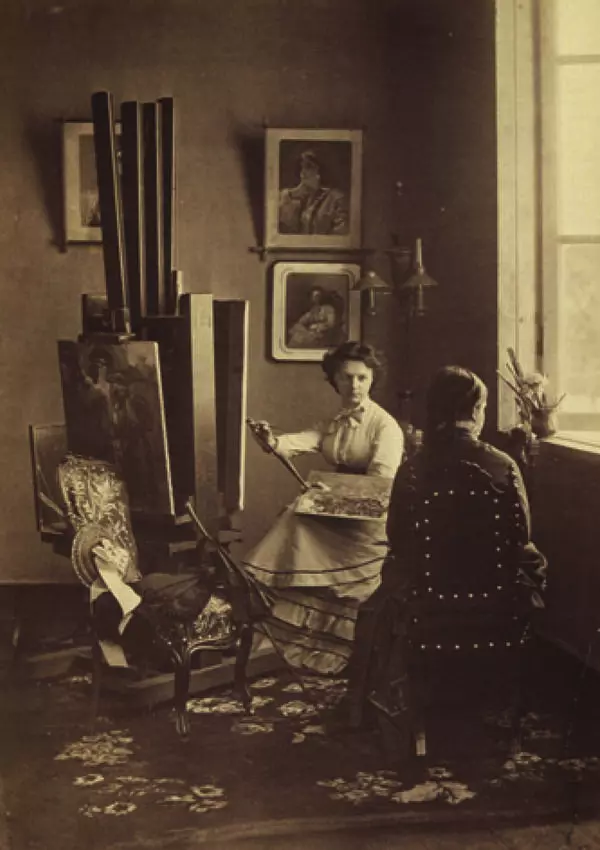In his new works, Karelin moved away from sharpness and strong contrast and gave artistic softness to the contours of images. To perform this, he used the principle of the stereoscope, which meant merging two images into a single one.
In 1885, Karelin was awarded the medal of the Imperial Russian Technical Society ‘For excellent and artistic performance of photographs and for the progressive improvement of the craftsmanship’. At a public lecture in the Historical Museum, Karelin’s son, “Honorary Free Communicator of the Imperial Academy of Arts” Andrew Karelin Jr. later mentioned: “The use of this method on a wider scale, constrained only by the size of the photographs, could work only for a photographer with an extraordinary distinguished taste who could take the foreground with absolute sharpness and shade objects that go deep as much as the aerial perspective requires”.
In 1885, Karelin was awarded the medal of the Imperial Russian Technical Society ‘For excellent and artistic performance of photographs and for the progressive improvement of the craftsmanship’. At a public lecture in the Historical Museum, Karelin’s son, “Honorary Free Communicator of the Imperial Academy of Arts” Andrew Karelin Jr. later mentioned: “The use of this method on a wider scale, constrained only by the size of the photographs, could work only for a photographer with an extraordinary distinguished taste who could take the foreground with absolute sharpness and shade objects that go deep as much as the aerial perspective requires”.
